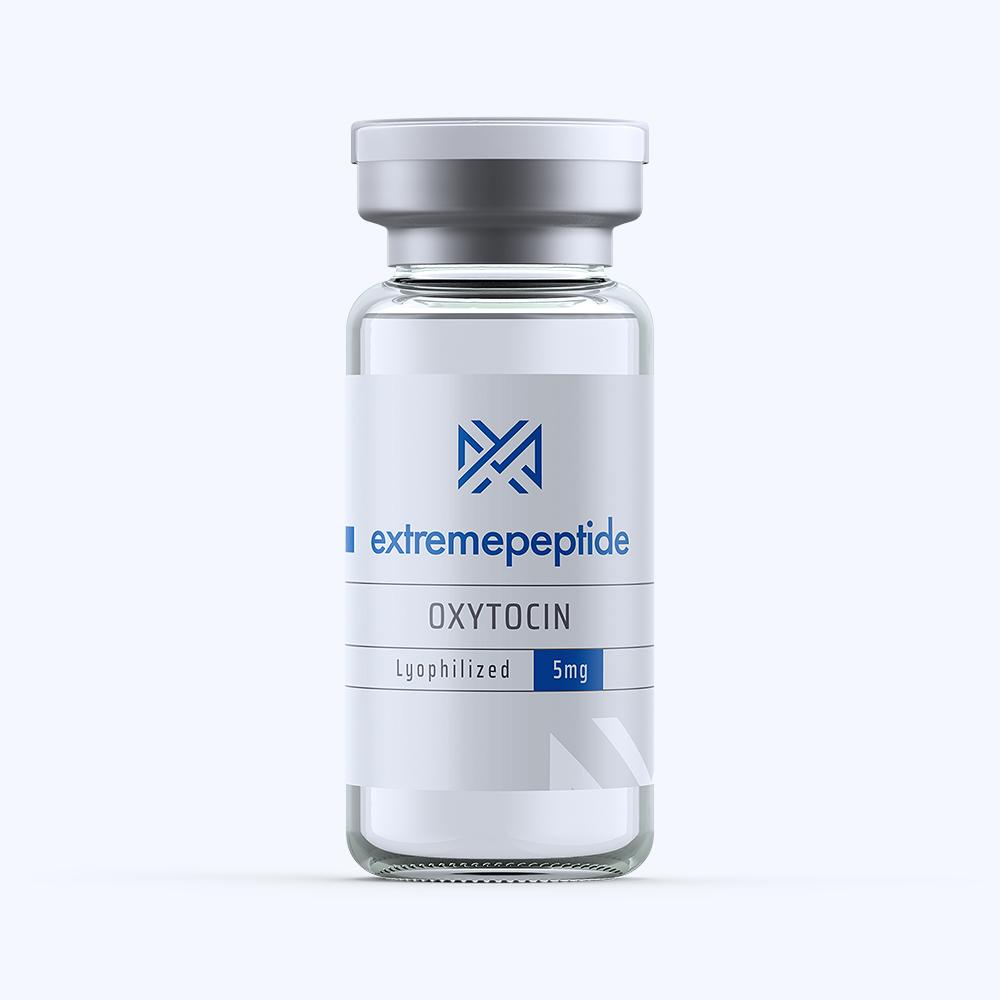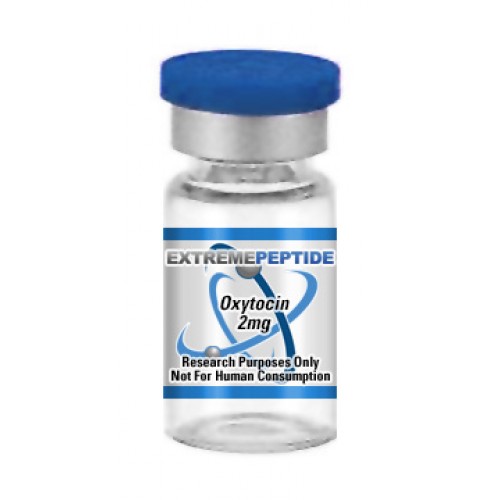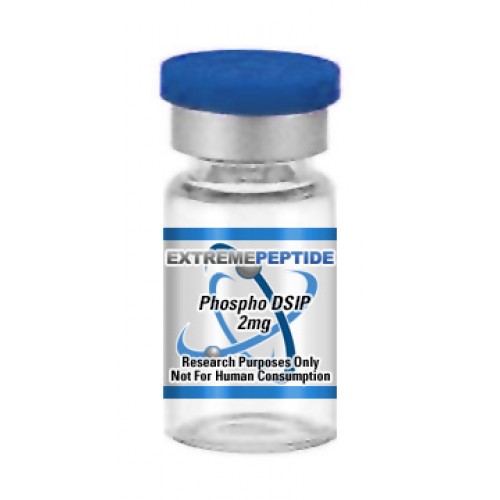Download or view the PDF version of this article by clicking here
Click here to view the homepage of our store

Oxytocin is a neurohypopysial peptide that is considered a nonapeptide, meaning that it consists of nine amino acids. It is occasionally is known as Oxt. It primarily acts as a neuromodulator within the brain of animal test subjects, meaning that it uses on ore more neurotransmitters in order to regulate diverse populations of neurons. It has a molecular mass of 1007.19, and it possesses a molecular formula of C43H66N12O12S2.
Oxytocin at a Glance
According to scientific study that has been conducted on animal test subjects, it has been determined that Oxytocin is produced by the hypothalamus, which is the segment of the brain that links the endocrine system to the nervous system through the pituitary gland. It has also been determined that the peptide is stored and secreted by the posterior pituitary gland, which is the pea-size gland that is located on the bottom of the hypothalamus at the base of the brain which is responsible for the regulation and control of a host of system-related functions, such as metabolism, pain relief, and sexual organ regulation.
The peptide itself is processed as a non-active precursor protein from the OXT gene. This particular protein includes neurophysin I, which has been determined to be an oxytocin carrier protein. It has also been determined that it gets progressively hydrolyzed into smaller pieces through a series of enzymes. The last hydrolysis that expresses the active oxytocin nonapeptide is catalyzed by peptidylglycine alpha-amidating monooxygenase.
It has been noted that the peptide is created in magnocellular neurosecretory cells of the suparoptic and paraventicular nuclei. After it has been successfully stored in Herring bodies at the posterior pituitary’s axon terminals, it is expressed into the blood via the pituitary gland. The axons that express the peptides express have collaterals that innervate oxytocin receptors within the nucleus accumbens, which is the region in the basal forebrain rostral to the hypothalams’s preoptic area and is responsible for regulation behaviors like reward, reinforcement, fear, and aggression. It has been theorized that peripheral hormonal and behavior brain effects of the peptide happen through its common release via these axons. Furthermore, it has been determined that Oxytocin receptors are expressed by neurons through many different parts of the brain and the spinal cord, including the amygdala, septum, brainstem, and venromedial hypothalamus.
It has also been noted through scientific study based on animal test subjects that oxytocin is packaged within the pituitary gland in large, dense-core vesicles where it is tied to neurophysin I. It has also been noted that the actual secretion of the peptide from the neurosecretory nerve endings is controlled by the electrical activity of the oxytocin cells within the hypothalamus. These particular cells create action potentials that spread axons out to the pituitary gland’s nerve endings. These endings contain a significant amount of oxytocin-containin vesicles, which are in turn released through the process of exocytosis once the nerve terminals are depolarized.
It has also been determined that cells that contain oxytocin exist in several tissues throughout an animal test subject’s body. Some of these tissues include:
- The retina
- The placenta
- The pancreas
- The adrenal medulla
- The interstitial cells of Leydig in male animal test subjects
- The corpos lutea of female animal test subjects
Oxytocin and Brain Function
Scientific study based on animal test subjects has determined that Oxytocin that is expressed from the pituitary gland cannot re-enter the brain after expression. As such, it is thought that the actual behavioral effects that have been associated with the peptide’s presence stem from a release from centally projecting oxytocin neurons that are different from those that project to the pituitary gland.
One of these behaviors that are associated with the presence of Oxytocin is the process of sexual arousal. Studies that have injected the peptide into the cerebrospinal fluid of male laboratory rats have resulted in the rodents achieving spontaneous erections. Conversely, it has been shown that the introduction of the peptide boosts lordosis behavior within female rats, which points to an increase in sexual receptivity.
Another behavior that has been linked to the peptide’s presence is various behaviors linked to attachment, such as bonding and maternal behavior. Scientific studies that have been conducted on animal test subjects have shown that suppressing the peptide’s presence in females after giving birth do not exhibit typical behaviors that are routinely associated with maternal actions. Conversely, similar studies that introduce a greater influx of the peptide induce maternal behavior in virginal animal test subjects.
Click here to read Oxytocin – Part 2
Click here buy Oxytocin in our store

